| Bell Telephone Historical Replicas |
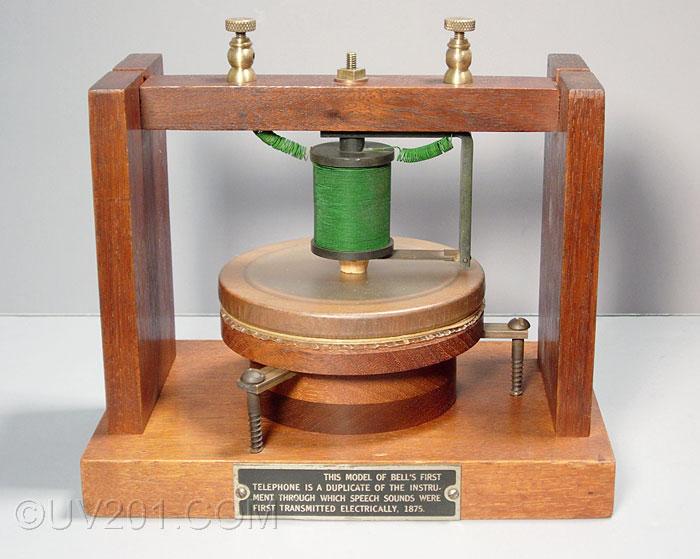 |
|
The devices pictured on this page are replicas of some of Alexander Graham Bell's early experimental telephone equipment. It is not my intent to repeat once again the history of the invention of the telephone or the technology that these devices represent; that has been covered in voluminous detail in numerous books and articles, both on the web and off. Nor will I delve into the controversy over whether Bell or Elijah Gray was truly the inventor of the telephone. More information on these devices can be found here. The originals that they replicate, if they even exist, are priceless museum relics. These replicas were apparently produced over a period of time as promotional items. The 50th anniversary of the founding of Bell Telephone came in 1926, and was the subject of the June, 1926 issue of the Telephone News, an employee publication of the Bell Telephone Company of Pennsylvania. The earliest of these replicas probably coincided with that anniversary. Shown above is the "Gallows Transmitter", so called because of its resemblance to the mechanism of the ever popular "overhead suspension" method of execution. I understand the original Gallows Transmitter is in the Smithsonian collection. When I purchased this device, the diaphragm was discolored and torn, and the coil of wire was damaged and unraveling. Both connections to the coil were broken. For the original photograph, I positioned the tear so it wasn't visible, and I tidied up the coil a bit. It looked much worse when I got it. I showed it to a friend who had been a professional drummer, and he told me that the original diaphragm was made of the same calfskin material that is used for drumheads, though it has mostly been replaced by plastic today. He sold me an unused calfskin snare drumhead and after several tries, I successfully installed the new diaphragm. Three screws (one is not visible at the rear) are used to tension the diaphragm. I found that only the top two layers of wire were damaged, under the second layer was a layer of paper which afforded some protection to the remaining wire. Rather than trying to rewind the coil to its original specifications, I left it as was with the two layers of wire removed, and repaired the broken connection to the inner end of the coil. |
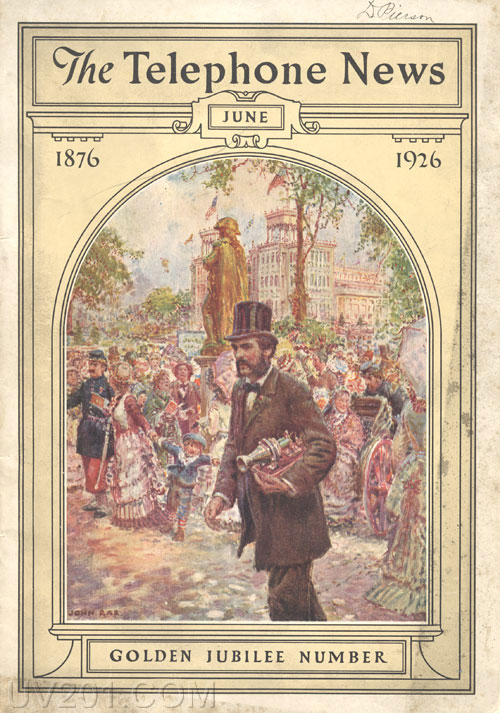 |
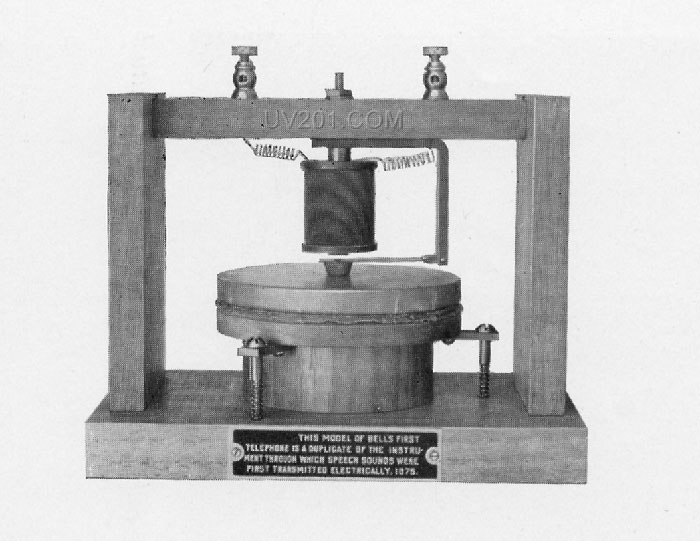 |
|
This image appeared in a promotional booklet titled "Pictures from Bell Telephone Laboratories", which was published in 1929. It shows a gallows transmitter replica nearly identical in construction to the one shown above. There are slight differences in the nameplates and the first line of the text is not properly centered in either case. Why that wasn't done is a mystery. This picture confirms the theory that the first of these probably originated circa 1926, not long after the founding of Bell Labs, itself, in 1925. |
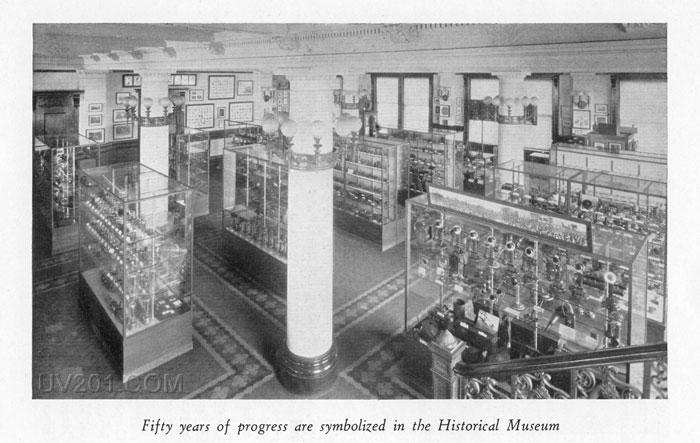 |
|
From the same 1929 publication, this view of the Bell Labs museum shows their commitment to the preservation of the history of the company. It makes perfect sense that they would have produced these replicas, and made them available to branches throughout the country. |
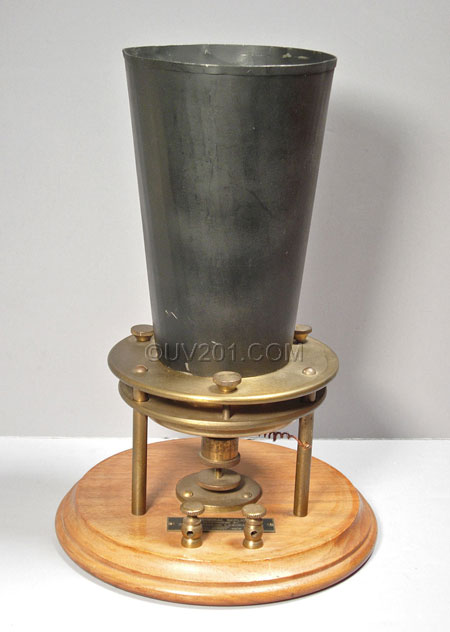 |
|
The second replica is the famous "liquid transmitter" which was, according to legend, the device used when Bell summoned his assistant, Thomas Watson, with the famous "Mr. Watson, come here" line. The actual device he used was similar to this one in principle, though not identical, so this is not a true replica, and I understand that the original in complete form does not exist today. |
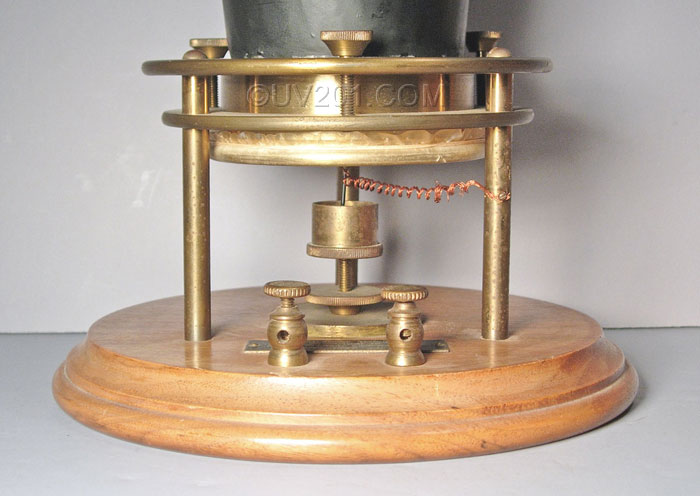 |
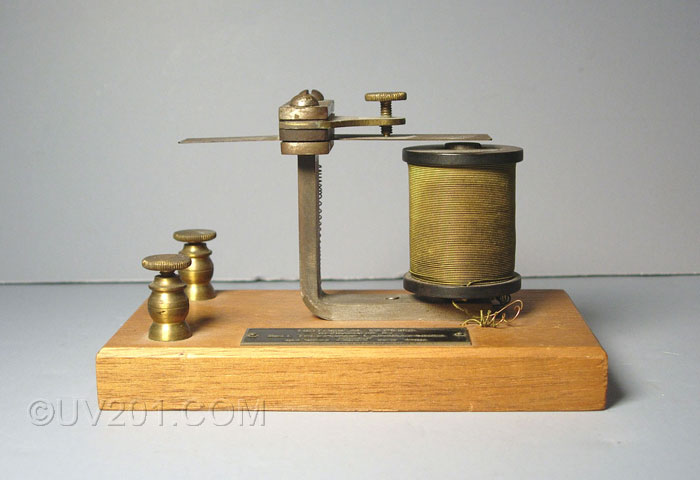 |
|
The last of the replicas is one unit (the transmitter) of Bell's harmonic telegraph experiment, an attempt to develop a method of sending multiple telegraph messages over a single wire. It was an important stepping stone that led to the development of the actual telephone. |
|
|
|
The nameplates on the liquid transmitter and harmonic telegraph replicas are as shown above. These would appear to be later than the gallows transmitter replica, though I can't say how much later. The significant difference is the mention of Bell Laboratories, and the New York address. Occasionally, collectors or hobbyists still create replicas like these. |
| Home |
